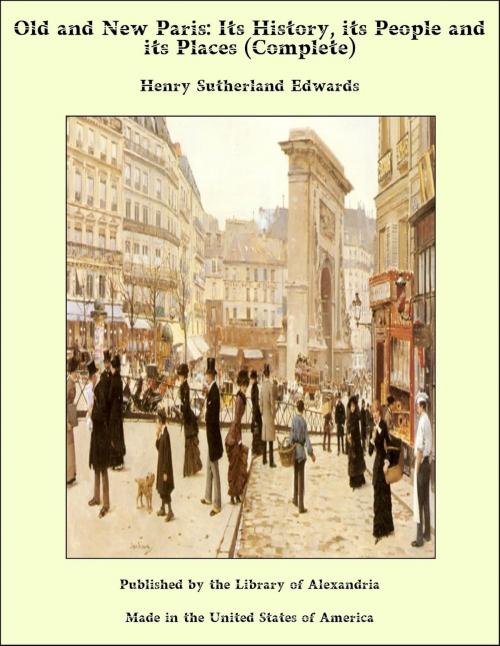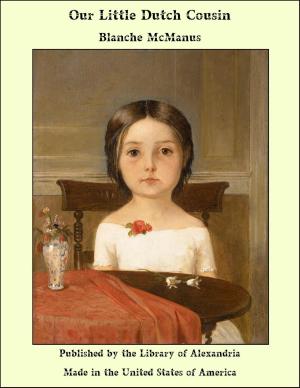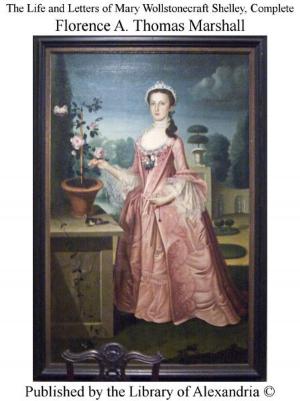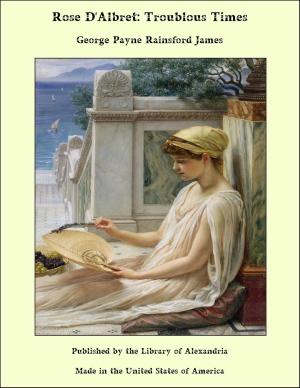Old and New Paris: Its History, its People and its Places (Complete)
Nonfiction, Religion & Spirituality, New Age, History, Fiction & Literature| Author: | Henry Sutherland Edwards | ISBN: | 9781465581266 |
| Publisher: | Library of Alexandria | Publication: | March 8, 2015 |
| Imprint: | Language: | English |
| Author: | Henry Sutherland Edwards |
| ISBN: | 9781465581266 |
| Publisher: | Library of Alexandria |
| Publication: | March 8, 2015 |
| Imprint: | |
| Language: | English |
A PARISIAN who is not rich enough to keep a distinguished chef of his own will occasionally order a dainty dinner to be forwarded to him from some hotel or restaurant; and in these cases the repast, as soon as it is ready, is sometimes put into a hackney cab and driven to the house of the consignee by the cocher, who is not unaccustomed to find this “fare” more remunerative than the fare he habitually conveys. A glance at the cocher, as another of the Parisian types of character, may here be not inopportune. As a matter of fact, however, the cocher is not one type but several. The name applies to the driver of the omnibus, of the fiacre, and of the private carriage. As to the omnibus driver, he is more amiable, more easy-going, less sarcastic than his counterpart in London. Nobody would ever hear an omnibus driver in Paris say, as one has been heard to say in London, when a lady passenger requested to be put down at 339½ —— Street, “Certainly, madam, and would you like me to drive upstairs?” Nor is the Paris cabman so extortionate as his London brother; for the fare-regulations, by which there is one fixed charge for the conveyance of a passenger any distance within a certain radius, precludes the inevitable dispute which awaits the lady or gentleman who in our metropolis dares to take a four-wheeler or a hansom. Already in the sixteenth century hackney carriages were driven in the streets of Paris; and any differences arising between the cocher and his passenger were at this period referred to the lieutenant of the police. The private coachmen, attached to the service of the nobility, found their position a somewhat perilous one in an age when quarrels were so frequent on the question of social precedence. If two aristocratic carriages met in some narrow street, barring each other’s way, the footmen would get down and fight for a passage. Serious wounds were sometimes inflicted, and even the master would now and then step out of his vehicle and, with drawn sword, join in the affray. The coachman, meanwhile, prouder in livery than his master in braided coat, remained motionless on his box in spite of the blows which were being dealt around. It is related that when on one occasion a party of highwaymen attacked the carriage of Benserade, poet, wit, and dramatic author, his coachman sat calmly at his post, and amused himself with whistling whilst his master was being stripped of everything. From time to time he turned towards the robbers and said, “Gentlemen, shall you soon have finished, and can I continue my journey?”
A PARISIAN who is not rich enough to keep a distinguished chef of his own will occasionally order a dainty dinner to be forwarded to him from some hotel or restaurant; and in these cases the repast, as soon as it is ready, is sometimes put into a hackney cab and driven to the house of the consignee by the cocher, who is not unaccustomed to find this “fare” more remunerative than the fare he habitually conveys. A glance at the cocher, as another of the Parisian types of character, may here be not inopportune. As a matter of fact, however, the cocher is not one type but several. The name applies to the driver of the omnibus, of the fiacre, and of the private carriage. As to the omnibus driver, he is more amiable, more easy-going, less sarcastic than his counterpart in London. Nobody would ever hear an omnibus driver in Paris say, as one has been heard to say in London, when a lady passenger requested to be put down at 339½ —— Street, “Certainly, madam, and would you like me to drive upstairs?” Nor is the Paris cabman so extortionate as his London brother; for the fare-regulations, by which there is one fixed charge for the conveyance of a passenger any distance within a certain radius, precludes the inevitable dispute which awaits the lady or gentleman who in our metropolis dares to take a four-wheeler or a hansom. Already in the sixteenth century hackney carriages were driven in the streets of Paris; and any differences arising between the cocher and his passenger were at this period referred to the lieutenant of the police. The private coachmen, attached to the service of the nobility, found their position a somewhat perilous one in an age when quarrels were so frequent on the question of social precedence. If two aristocratic carriages met in some narrow street, barring each other’s way, the footmen would get down and fight for a passage. Serious wounds were sometimes inflicted, and even the master would now and then step out of his vehicle and, with drawn sword, join in the affray. The coachman, meanwhile, prouder in livery than his master in braided coat, remained motionless on his box in spite of the blows which were being dealt around. It is related that when on one occasion a party of highwaymen attacked the carriage of Benserade, poet, wit, and dramatic author, his coachman sat calmly at his post, and amused himself with whistling whilst his master was being stripped of everything. From time to time he turned towards the robbers and said, “Gentlemen, shall you soon have finished, and can I continue my journey?”















